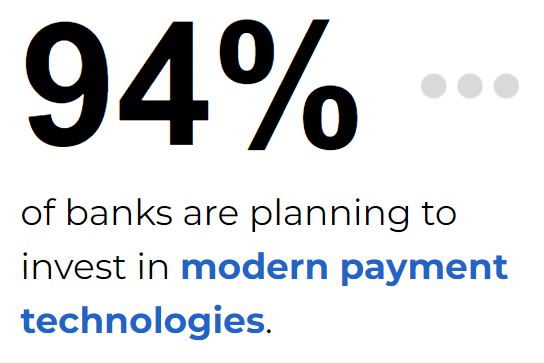
The financial sector is at a pivotal moment, driven by a shift in consumer preferences and technological advancements.
A PYMNTS Intelligence report “Tapping Into the Future of Payments” explored how the rise of digital payments, especially among younger generations, is transforming the traditional banking landscape, presenting both opportunities and challenges for financial institutions and payment providers.
Cash is losing its dominance as digital wallets become integral to younger consumers’ financial lives. With 85% of Generation Z and 82% of millennials preferring contactless digital payments, the demand for these technologies is reshaping the payments industry. Traditional cash transactions are being replaced, with 24% of U.S. adults now favoring digital alternatives. The shift is not a fleeting trend but a transformation, driven by the convenience of digital payments.
According to the report, 91% of Gen Z consumers are adopting digital-first payments, outpacing other age groups. Millennials and Generation X consumers are also transitioning toward digital wallets. This broad acceptance indicates that businesses must adapt to these evolving preferences to remain relevant in a digital-centric market.
 The surge in digital payments is challenging traditional banks to reassess their roles. The competitive pressure from FinTechs and non-traditional financial services is pushing banks to innovate or risk becoming obsolete. Ninety-four percent of banks are planning investments in modern payment technologies to stay competitive.
The surge in digital payments is challenging traditional banks to reassess their roles. The competitive pressure from FinTechs and non-traditional financial services is pushing banks to innovate or risk becoming obsolete. Ninety-four percent of banks are planning investments in modern payment technologies to stay competitive.
According to the report, 52% of European consumers aged 25 to 34 are turning to financial services offered by retail brands instead of traditional banks. This trend highlights a shift toward digital and brand-centric financial solutions, prompting banks to rethink their strategies.
In response, banks are adopting new technologies and forming partnerships with FinTechs. For example, pay-by-bank tools and integrated payment systems are gaining traction, illustrating the financial sector’s commitment to adapting to technological advancements.
Advanced technologies like pay by bank are redefining payment methods. This approach enables direct transfers between bank accounts, bypassing traditional card networks. It not only reduces transaction costs but enhances security by minimizing the sharing of sensitive payment information.
Despite its benefits, pay-by-bank technology is still emerging, with 36% of consumers using it due to low awareness. About 33% of Gen Z and 24% of millennial consumers are unaware of their banks’ pay-by-bank options. Financial institutions need to boost consumer awareness and education about these solutions.
Innovative solutions such as HSBC’s Zing app and the Chase–Mastercard partnership exemplify the industry’s efforts to embrace new technologies, the report said. HSBC’s Zing app challenges traditional banking norms, while the Chase-Mastercard collaboration aims to enhance eCommerce by cutting payment processing costs.
To thrive in the shifting payments landscape, financial institutions must proactively embrace digital literacy, prioritize consumer-focused innovation and use artificial intelligence for tailored payment solutions. Establishing a strong digital payment framework and forming strategic partnerships with FinTechs and retailers are crucial. Adaptability and innovation will be vital as digital payments redefine commerce.